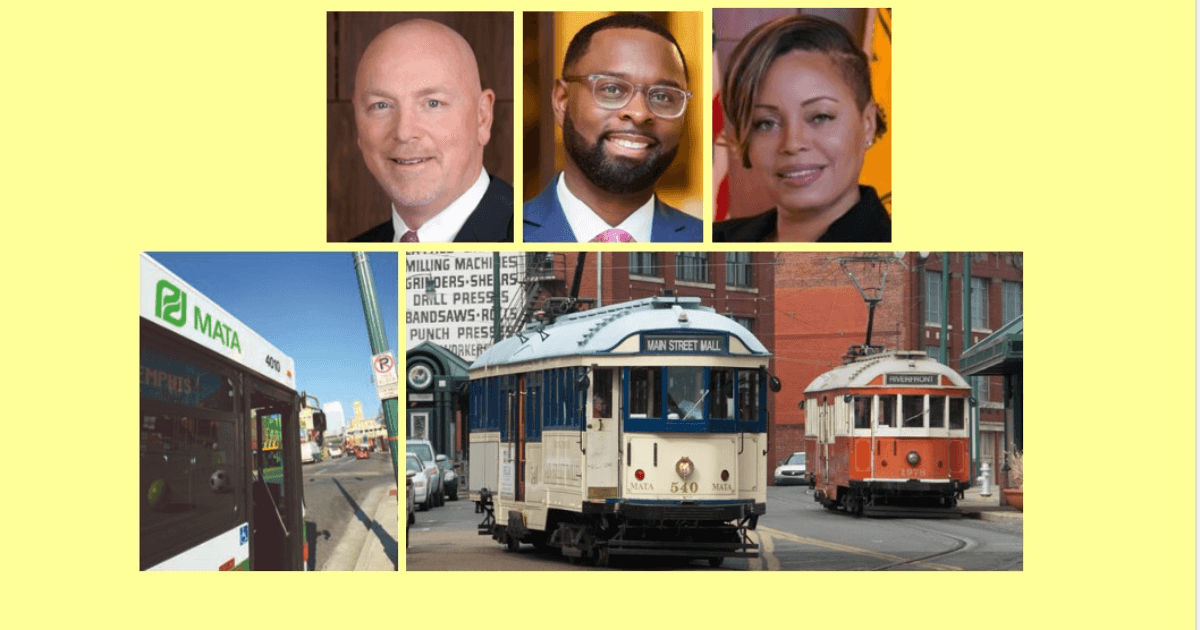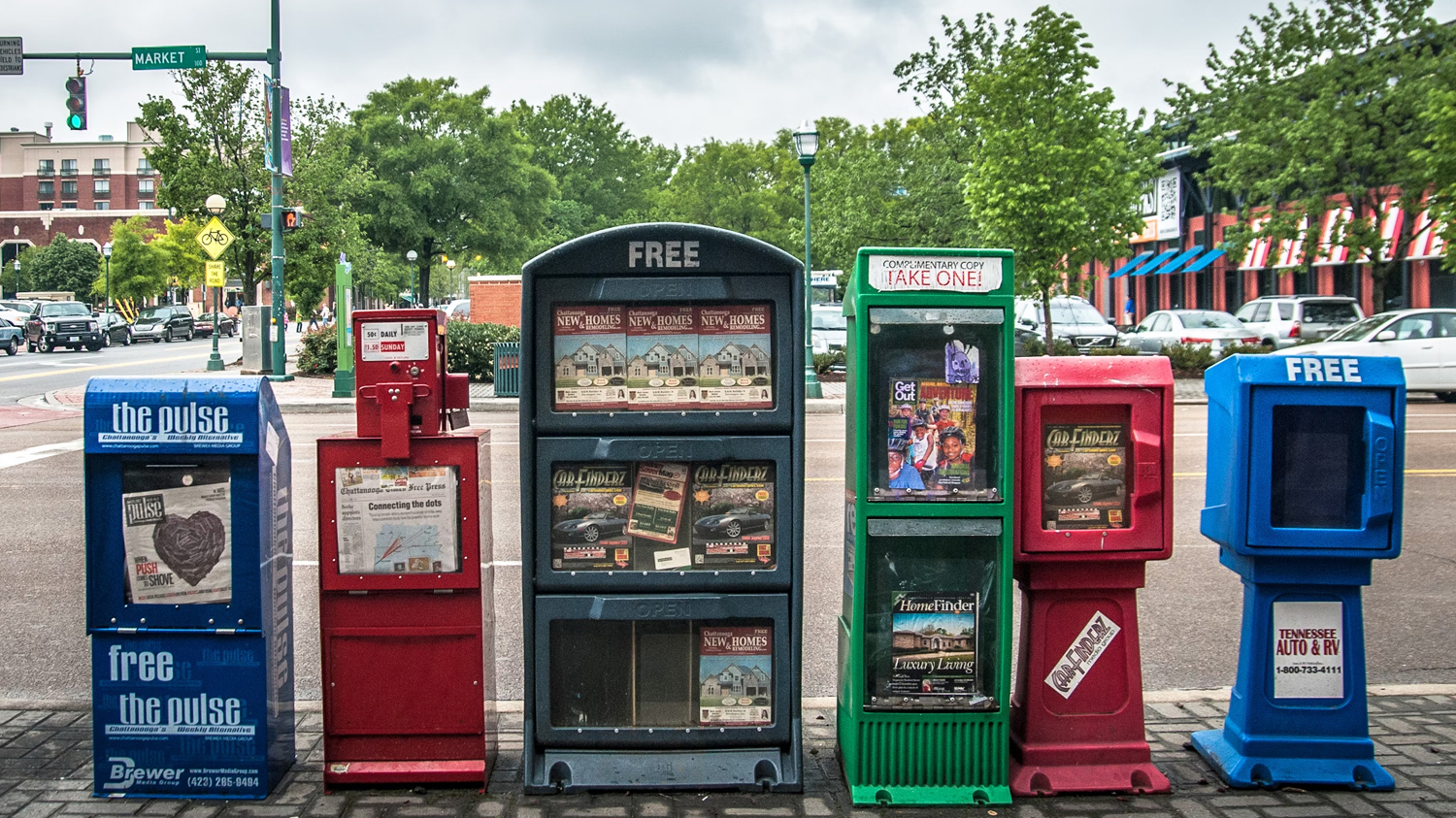

Soon to be zero, did you know that in FY2012 that downtown trollies transported almost 1.5M passengers?
This is a staggering reality on the state of downtown and current economic development decision making. Recently in a conversation, Virginia McLean of Friends for Our Riverfront and I were both aghast at the lack of local historical memory. A recent example involved the nonworking HVACs at school start, without any connection publicly made to the squandered MSCS COVID HVAC funds, just a few years back, reported by the Daily Memphian.
In the current environment, downtown trolley transport will drop from almost 1.5M in FY2012 to 250K in FY24 and possibly near zero in FY25. And FY2012 trolley operational costs were not that much either at $3.9M or $5.3M in today’s dollars or $3.53 per passenger trip. Wow, what happened?
Meanwhile, while there has been MATA mismanagement, MATA is indeed doing the right thing in right sizing their service delivery and organization. They are implementing a fixed route 15 carried passengers per hour standard for initiating and eliminating fixed bus routes. Transporting less than 15 passengers per hour on large buses is cost unsustainable.
At the same time, MATA is challenged not so much from the often-touted low population density but more likely low traffic congestion and parking costs. For example, Memphis has 2,374 population per square mile of service area, while Nashville has 1,397. But given this relative advantage over Nashville, Memphis has much higher fixed route average trip costs at $18.71 compared to Nashville’s $9.40 due to low ridership.
The likely driver for higher ridership and lower average trip costs in less population dense Nashville is traffic congestion and high parking costs. So, if there is a need to boost public transit ridership, it just does not make sense for the Downtown Mobility Authority to be spending more public money on downtown parking garages after the $40M Downtown Mobility Garage Mahal Center. But they are in $4.2M.
Meanwhile, after the downsizing, MATA will need help to provide adequate public transit for a Memphis community in need and help now with the downtown trolley.

Both MLGW and Downtown Mobility Authority (DMA) could help MATA. DMA could immediately help with a digestible $1.2M in TDOT ordered downtown trolley brake fixes, while MLGW help should wait until the MATA audits and resizing are complete and occur over the long term.
But sadly, help was squandered at a recent 8/21 DMA meeting. The Mobility Authority did not even have lost downtown trolley service on the agenda for discussion. Instead, they approved spending $4.2M on public parking garages. What a wasted opportunity!
The former occurs as DMA also granted in FY24, $3.5M to support museum construction for Brooks. Keep in mind, that parking capacity was actually reduced at the site of the museum, currently under construction. But even with the reduction, the DMA granted $3.5M to support parking at the site.
Also note, getting DMA maintenance funding on 8/21 was the Peabody Garage. The DMA currently owes the City of Memphis $11.3M on the Peabody Garage and has not even paid, over 20 years, any of the $6.2M in interest or $5.1M in loan principal, all while the trolley, supporting tourism and downtown small business, lays flat on its back.
Other garage maintenance funds were doled out to Shoppers Garage, which was recently renovated, First Place Garage and the Condo garage at Barboro Flats.
How the DMA cannot make the mobility connection to downtown, as afforded by the trolley, while instead making connections to developer interests and museums is stupid beyond belief.
MLGW has $215M in cash on their gas balance sheet. That is $180M more than the recommended 45 day $35M cash on hand minimum as recommended by the Government Financial Officers Association. MLGW has no plan for this $180M, which is just sitting there employing no one and not circulating in the local economy. $100M of the $180M in City of Memphis taxpayer dollars should fund smart investments, over time, to rebuild and support adequate public transit. In this way, MLGW will still have $80M in excess cash on their gas balance sheet.
MLGW supporting adequate public transit is win-win for all to include MLGW, taxpayers and MATA. If not MATA, the funds will likely be publicly ripped, given the moral hazard created by such signifincant excess funds on a public balance sheet.
Check the Facts
Downtown Memphis Commission FY23 Financials

Put your business in front of thousands of LOCALS! Create your free listing on the NewsSTAND and update your profile anytime to share the latest info, specials, and contact details.

Got a story to Share? Pitch your idea or write an article for the NewsSTAND! Join us in highlighting the positive and powerful moments that make our city shine.

We’re passionate about working together to amplify our City. Reach out to the NewsSTAND team to explore collaboration opportunities and make a difference in our community.
Hover over each card to unlock the full story and see what you’re about to get!







